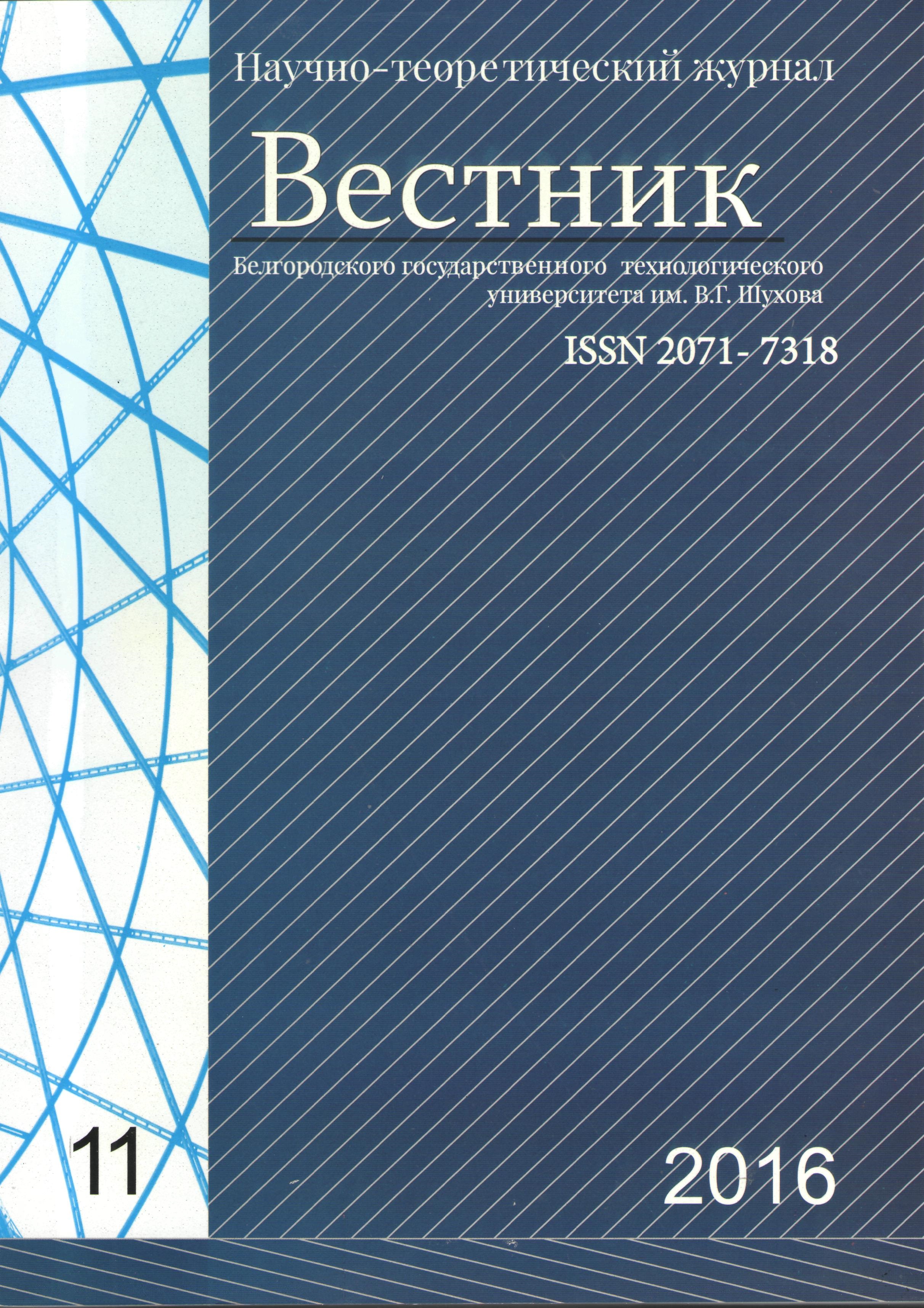Belgorod, Belgorod, Russian Federation
This article provides information on the mechanism of plastic shrinkage in the early stages of hardening, its action on the cement stone and ways to reduce it. It is found that an effective way of reducing plastic shrinkage is the use of superabsorbent polymers as a moisture storage and its subsequent return. Definitely the impact of superabsorbent polymers on technological and physico-mechanical properties of the cement stone with the size of grains of the studied additives. The grain size of the superabsorbent supplements is an important parameter that has a significant impact, both on the physical and mechanical properties as well as on plastic shrinkage of cement stone.
plastic shrinkage, hydration of cement, capillary pressure, superabsorbent polymers.
1. Lesovik V.S. Geonika (geommimetika). Primery realizatsii v stroitel´nom materialovedenii: monografiya. Belgorod: Izd-vo BGTU. 2014. 196 s.
2. Lesovik V.S., Volodchenko A.A. K probleme tekhnogennogo metasomatoza v stroitel´nom materialovedenii. Vestnik BGTU im.V.G.Shukhova. 2015. №4. s. 38-41.
3. Slowik V., Schmidt M., Fritzsch R. Sapillary pressure in fresh cement-based materials and identification of the air entry value. Cement and concrete composites. 2008. № 30. P. 557-565.
4. Wittmann F.H. On the action of capillary pressure in fresh concrete. Cement and concrete research.1976. №6, R. 49-56.
5. Sivakumar A., Santhanam Manu. A quantitative study on the plastic shrinkage cracking in high strength hybrid fibre reinforced concrete. Cement and concrete composites. 2007. №7(29) P. 575-581.
6. Meshcherin V.S. Vysokoprochnye i sverkhprochnye betony: tekhnologii proizvodstva i sfery primeneniya [Elektronnyy resurs] / Stroyprofil´. 2008. №8(70) - Rezhim dostupa: http://i-stp.ru/?nomer=8-08.
7. Schröfl C., Mechtcherine V., Gorges M. Relation between the molecular structure and the efficiency of superabsorbent polymers (SAP) as concrete admixture to mitigate autogenous shrinkage. Cement and concrete research. 2012. № 42. P. 865-873.
8. Justs J., Wyrzykowski M., Bajareb D., Lura P. Internal curing by superabsorbent polymers in ultra-high performance concrete. Cement and concrete research. 2015. №76.P. 82-90.
9. Lura P., Durand F., Jensen O.M. Autogenous strain of cement pastes with superabsorbent polymers, International RILEM Conference on Volume Changes of Hardening Concrete: Testing and Mitigation, RILEM Publications SARL, 2006. 57-65 RILEM Publications SARL.
10. Lura P. Autogenous deformation and internal curing of concrete. PhD thesis, TU Delft, The Netherlands. 2003.
11. Lura P., Durand F., Jensen O.M. Autogenous strain of cement pastes with superabsorbent polymers. In: Jensen OM, Lura P, Kovler K (eds) Proceedings of international RILEM conference on Volume Changes of Hardening Concrete: Testing and Mitigation, 20-23 August 2006. P. 57-66
12. Jensen O.M. Autogenous deformation and RH-change - self-desiccation and selfdesiccation shrinkage, PhD thesis, Technical University of Denmark, Denmark. 1993.
13. Dudziak L. Mitigating autogenous shrinkage of high-performance concrete by using Super Absorbent Polymers. PhD thesis, TU Dresden, Germany (in preparation). 2011.
14. Dudziak L., Mechtcherine V.: Reducing the cracking potential of Ultra-High Performance Concrete by using Super Absorbent Polymers (SAP). In: Van Zijl GPAG, Boshoff WP (eds) Proceedings of the international conference on Advanced Concrete Materials, 17-19 November 2009. P. 11-19.














